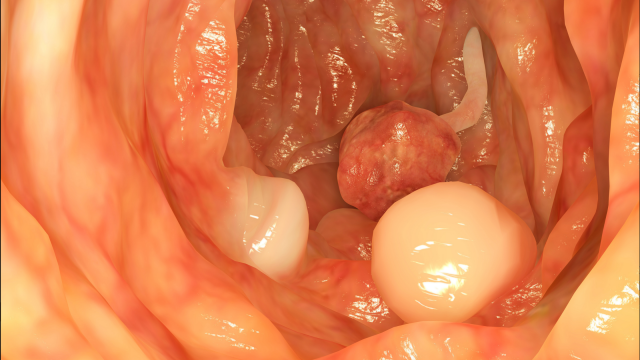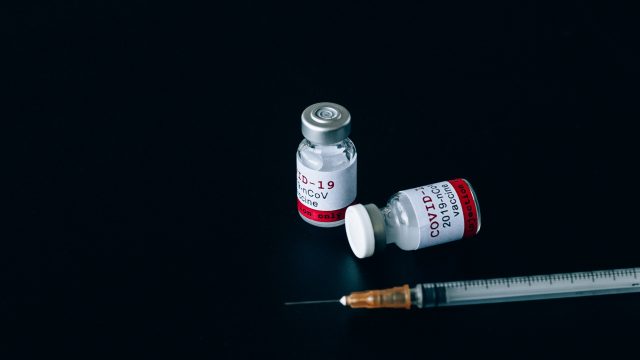Bleeding problems in women are common, especially above 40 years. In a woman having abnormal and/or heavy vaginal bleeding, there are two possibilities.
- There is a cause for bleeding such as Thyroid disorders, Fibroid Uterus, adenomyosis, etc.
- There is no obvious cause & the bleeding is due to hormonal variations. This is called Dysfunctional Uterine Bleeding (DUB)
The commonest investigations, which are carried out, are CBC, Thyroid profile and Sonography of pelvis. Sonography will identify a bulky uterus, fibroids, adenomyosis and give information on the thickness of the lining of the womb.
In some cases, a Hysteroscopy and Dilatation & Curettage (D&C) is required. This is a daycare procedure, which is done for both diagnosis & treatment.
Hysteroscopy involves looking inside the womb with a telescope and is particularly useful to identify polyps.
D&C involves scraping of the lining of the womb. The lining is then sent for Histopathological Testing. The outcome of the reports then enables us to plan the treatment.
Various forms of medication are used in the management of DUB.
- Non-hormonal Drugs – These are usually taken during the menses and help to reduce the amount of blood loss from the uterus.
- Hormonal Drugs – Progestogens and combined oral contraceptive pills are used commonly in women to manage DUB.
The above forms of medical treatments are effective but the benefit may not last for very long. In such situations, the patient will require alternative treatment. In present times modern modalities are available. Those are simple, safe, effective and are daycare procedures that do not require even one-night stay in the hospital.
LNG-IUS (Levonorgestrel Intrauterine system)
This is a T shaped intrauterine system that is loaded with Levonorgestrel. It releases 20 micrograms of Levonorgestrel daily in the uterine cavity thereby leading to decidualization followed by atrophy of the endometrium. It has a life of 5 years and cost about Rs 8000/- It is used very effectively in the management of DUB. It is inserted at the time of a diagnostic hysteroscopy and curettage. The entire procedure is done under general anesthesia, takes about less than half an hour and the patient is able to go home on the same day. This procedure can avoid hysterectomy in 70-80% of cases of DUB. An important pre-requisite is that the endometrial cavity should be uniform. An added advantage of LNG-IUS is that it is an effective contraceptive and the menstrual blood loss reduces considerably.
Thermal Balloon Ablation (TBA).
This is a silicone catheter that is connected to a central heating unit. The balloon is inserted into the uterine cavity, inflated to a pressure of 160 – 180 and then heated to a temperature of 87 degrees centigrade for 8 minutes. It leads to the thermal ablation of the endometrium. The procedure can be done under intravenous sedation and local anesthesia or general anesthesia. The operation time is approximately 30 minutes and the patient is able to go home on the same day. A success rate of 90% over three years and a long term success rate of 80% have been reported. The randomized control trials comparing LNG-IUS and TBA have reported similar results for both procedures. The only stumbling block in providing this state of the art technology for the treatment of DUB is the formidable cost of the balloon. But one can definitely offset it against the cost of the three-day hospital stay and loss of working days when recuperating from major surgery.
Transcervical resection of the endometrium
This is electrosurgical resection of the endometrium with a loop under a hysteroscopic vision. This procedure too is daycare but under certain circumstances can require one night stay in the hospital. It is done under general anesthesia. The procedure has a longer learning curve. It is an acceptable treatment for DUB with a long term success of 80%.
Hysterectomy
is still the last answer for DUB, and one of the commonest surgeries performed by the gynecologist. Breakthrough advances have taken place in vessel sealing i.e. hemostatic devices that are used during laparoscopic surgery. The optics have also improved dramatically over the years. Therefore it may not be too long before a hysterectomy is done laparoscopically and the patient is discharged on the same day.
Conventional hysterectomy (vaginal & abdominal) involves a minimum hospital stay of two nights and three days, the average is three nights and four days. It is still a popular and acceptable method, which is widely offered by most gynecologists.
Conclusion
In modern times women need not be drained with DUB and need not have a radical hysterectomy. The scientific and judicial use of modern technology i.e. LNG-IUS, TBA and minimally invasive surgery can bring relief to millions of women with DUB; and this can be done in just one afternoon.


















